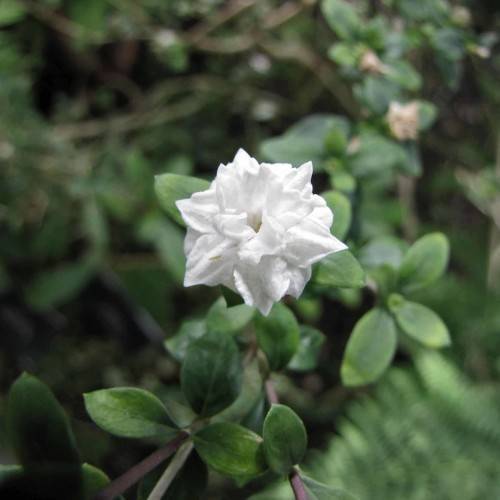
snowrose
Serissa japonica
Cycle:
Perennial
Watering:
Average
Hardiness Zone:
7 - 9
Flowers:
Flowers
Sun:
part shade,part sun/part shade
Leaf:
Yes
Growth Rate:
Low
Maintenance:
Moderate
Tropical:
Yes
Indoors:
Yes
watering
Snowrose (Serissa japonica) should be watered about once a week, allowing the top couple of inches of soil to become dry before each watering. Avoid overwatering as this could easily lead to root rot. During the winter months, when the plant is in a dormant phase, the frequency of watering should be cut back slightly. It's best to water in the morning so the leaves can dry off before nightfall.
sunlight
Snowrose plants prefer bright, indirect sunlight and should be placed near a window that receives lots of sun throughout the day. For best growth, these plants should receive 4-6 hours of direct sunlight every day, either in the morning or afternoon. During the hottest months, it’s best to keep the plant away from direct sunlight, as it can scorch the leaves. In addition, it’s best to move the plant every few months to ensure that it receives optimal sunshine levels.
pruning
Snowrose should be lightly pruned throughout the year to help it maintain its desired shape. However, the best time to prune it is in late spring or early summer when it is actively growing. Pruning should be limited to removing dead or diseased branches, tidying up the shape and thinning out the foliage. You should avoid excessive pruning as it can cause the plant to become leggy and sparse.
